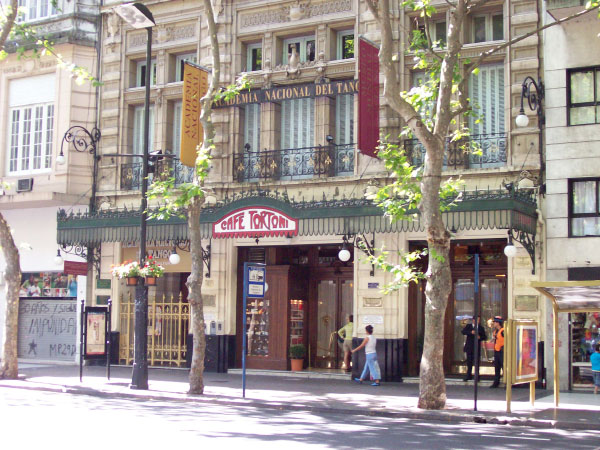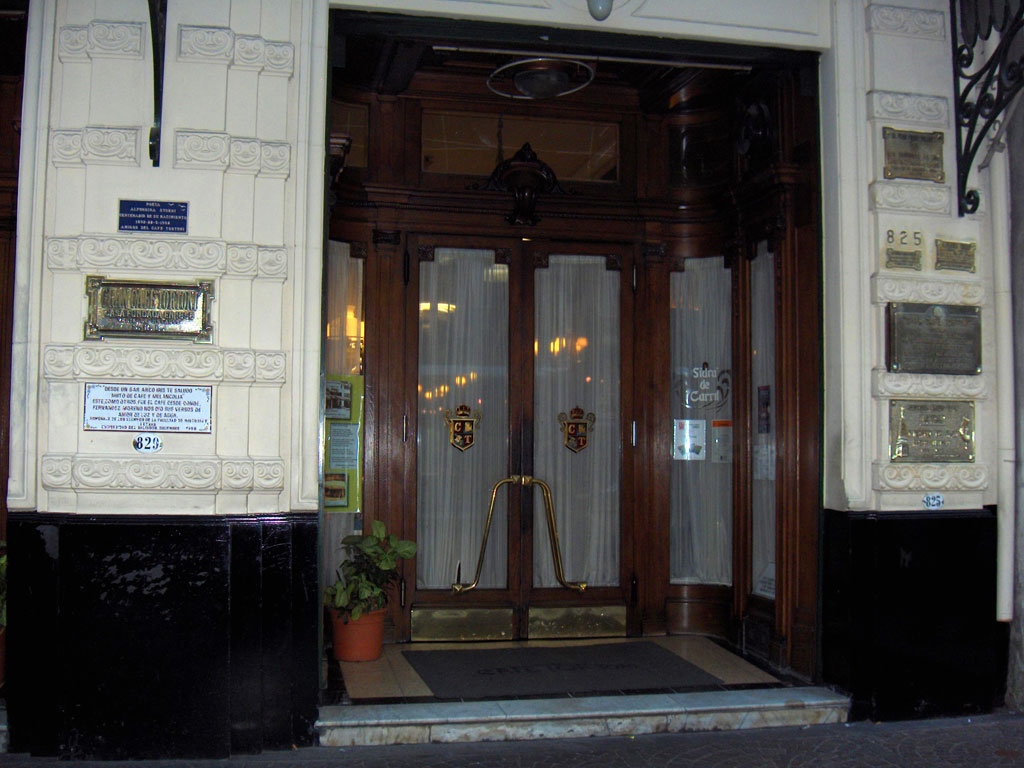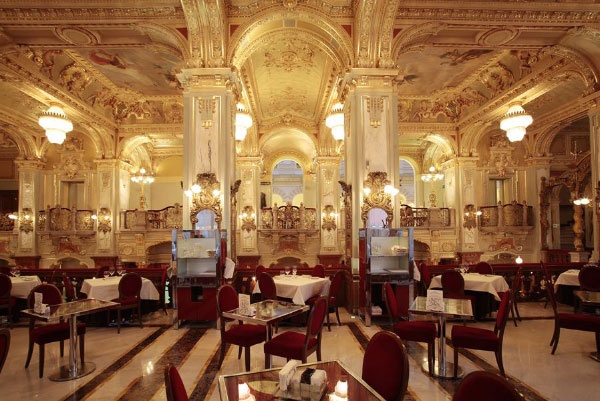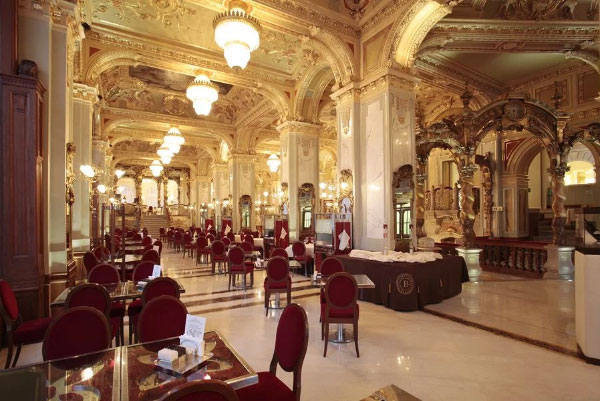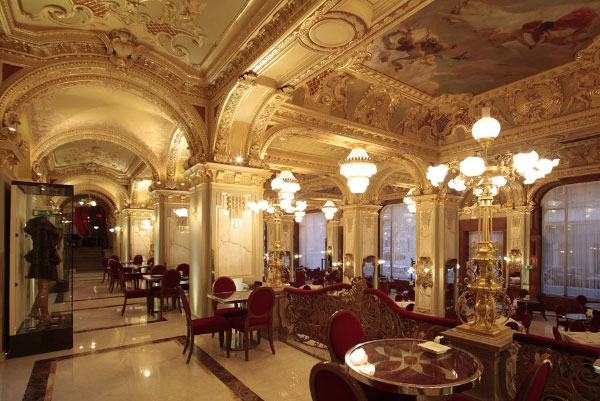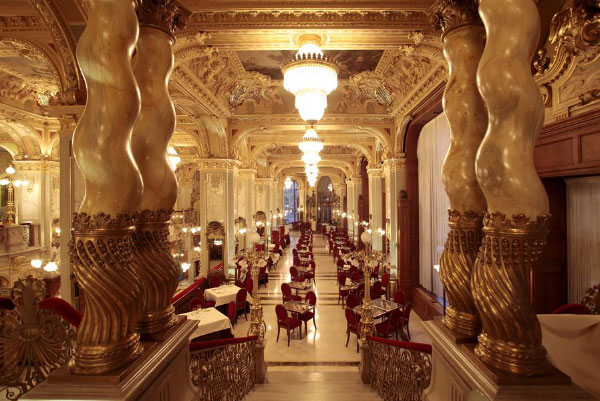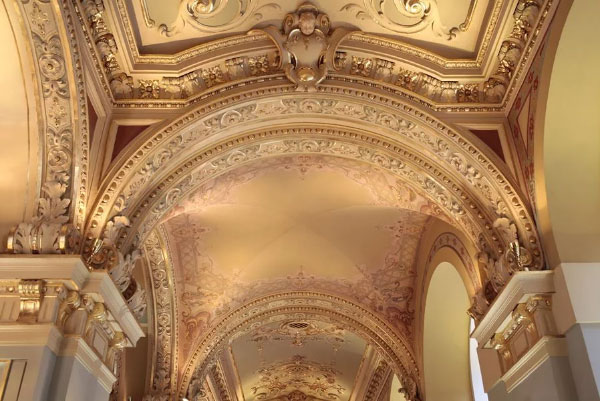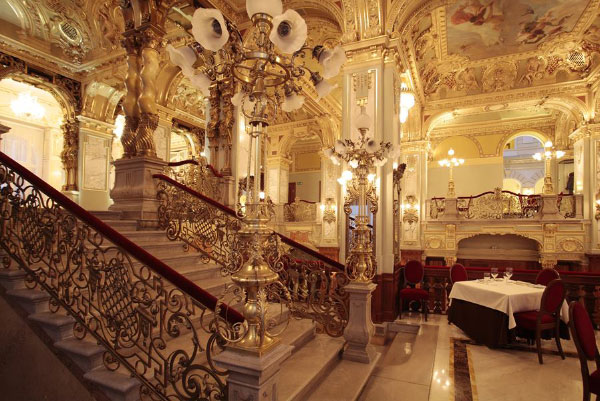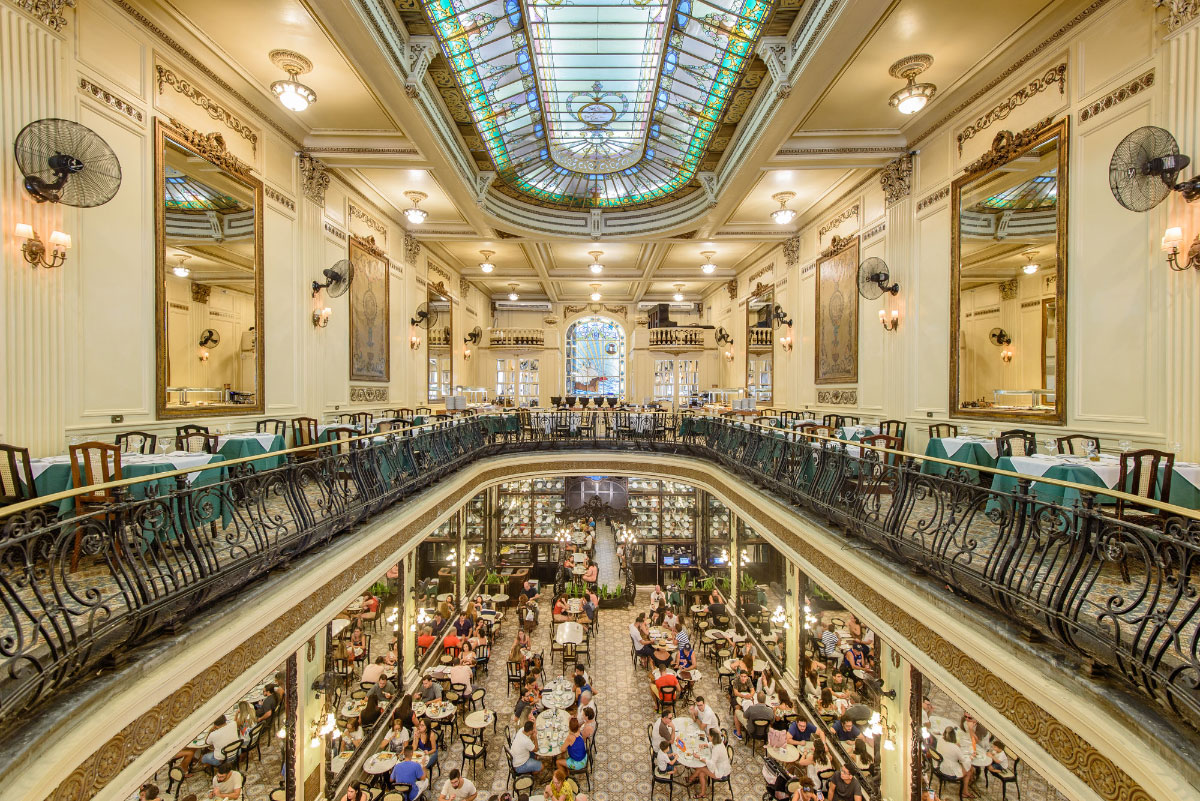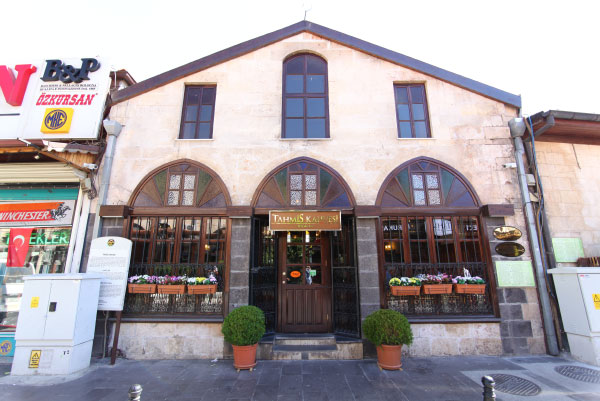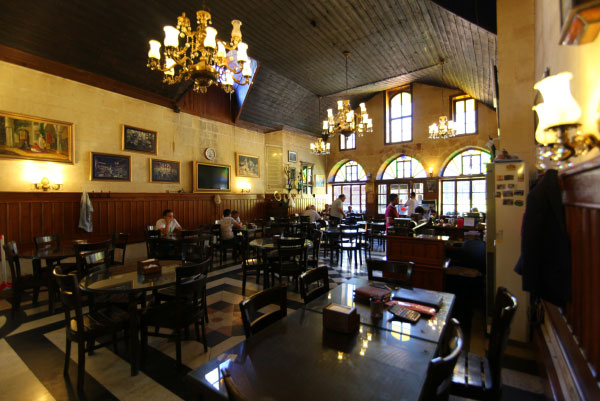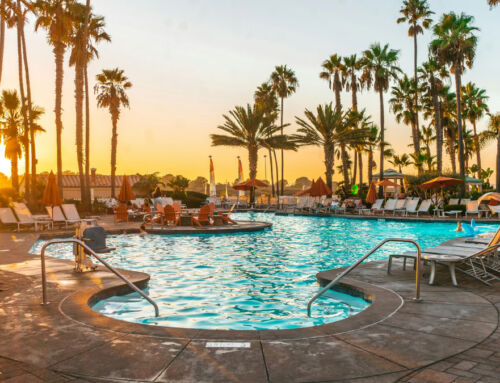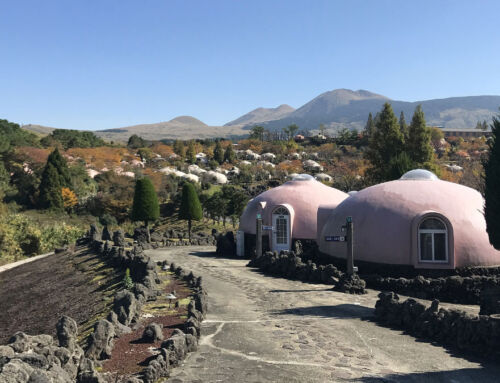In Part I of our history of the oldest—and most interesting—cafés in the world, we mentioned that these establishments opened to the public during a time when the rich beverage was an integral part of the city’s intellectual, political, and social life. We said they are veritable living museums, witnesses to revolutions, artistic movements, and literary gatherings. We said that visiting them is like taking small sips of history. Now, we invite you to this new tasting of the concentrated essence. Let’s continue:
Café Tortoni, 1858, Buenos Aires, Argentina
Founded in 1858, Café Tortoni moved permanently to Avenida de Mayo in 1880 and, since then, has been much more than just a café: it’s a sanctuary of Buenos Aires culture. Amongst its wooden tables and walls steeped in history, the city’s most celebrated literary circle thrived, led by the painter Benito Quinquela Martín. Through its hall, amidst the smoke, coffee, and ideas, passed geniuses like Borges, Alfonsina Storni, Carlos Gardel, and even Federico García Lorca. Declared a Notable Bar—a title that recognizes it as one of the city’s most representative establishments—time seems to have stood still within its walls. Today, its walls still resonate with tangos and jazz, and the tradition of that tango by Viejo Tortoni lives on, the café that was—and still is—one of the most authentic and illustrious in the world.

El-Fishawy, 1797, Cairo, Egypt
From the bustling streets of Buenos Aires, we now travel to the heart of the ancient city of Cairo, Egypt, to visit another temple of conversation: El-Fishawy Café. Founded in 1797 in the labyrinthine Khan el-Khalili souk, this establishment has breathed an air thick with spices and stories for over 200 years. Beneath its aged Venetian mirrors and crystal chandeliers, the voices of generations of writers and intellectuals have resonated, from Nobel laureate Naguib Mahfouz—who is said to have written some passages of his novel *Passage of Miracles* here—to the scientist Ahmed Zewail.
Under the uninterrupted management of seven generations of the same family, El-Fishawy is a rare place in the world that never closes its doors, offering its magic at any hour of the day or night. Open 24 hours a day, its brass hookahs and embossed tables bear witness to the constant flow of merchants, artists, and travellers. Officially recognized as one of the oldest cafes in Egypt, it is a living thread in the vast tapestry of history.
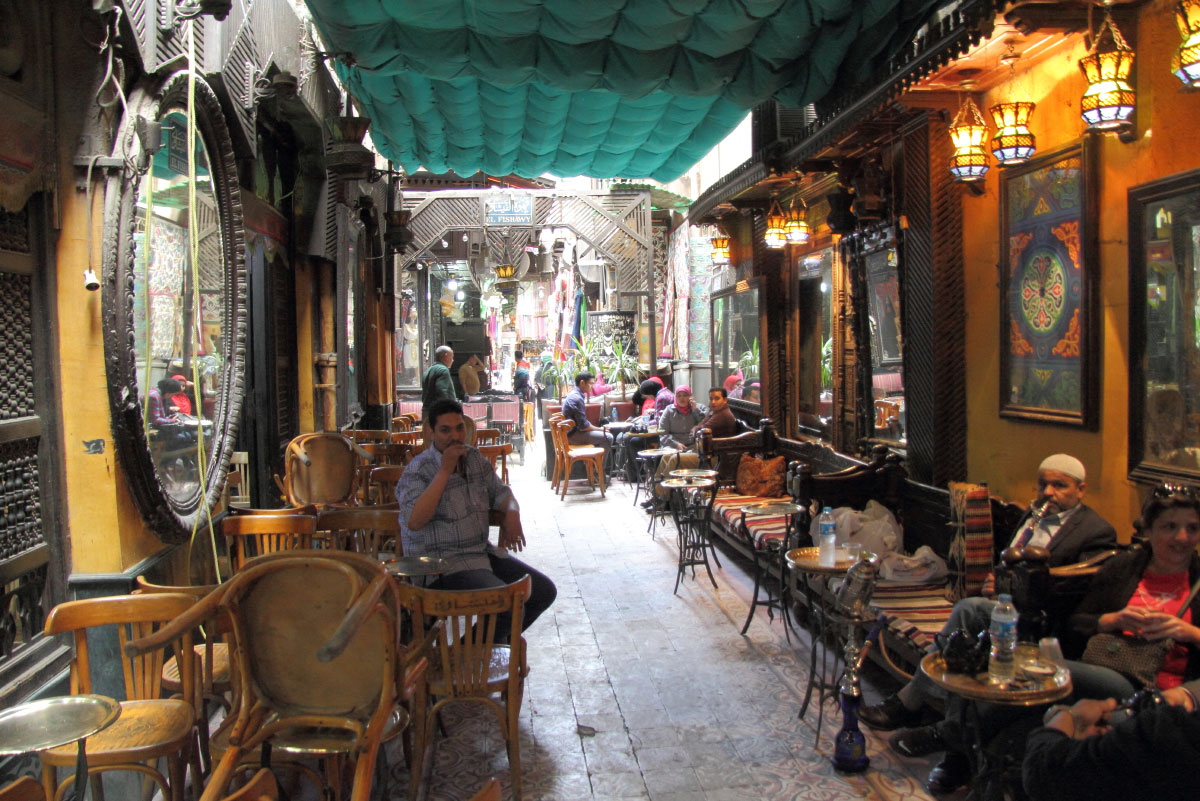
New York Café, 1894, Budapest, Hungary
The architect Alajos Hauszmann conceived the New York Café as a jewel set in the ground floor of the New York Life Insurance Company palace. Its eclectic decor is expressed in the sumptuous language of the Baroque and also with echoes of the Italian Renaissance: frescoes on the ceiling, marble, Solomonic columns, garlands, medallions, festoons, plant motifs, and bronze fauns, all bathed in golden light, envelop the atmosphere in a theatrical setting.
Since its opening in 1894, the New York Café became the epicentre of Hungarian intellectual life. It quickly became the informal newsroom of the most influential newspapers and a meeting place for writers and artists. Legend has it that, to ensure it would never close, one of those writers threw the key to the café into the Danube River. “At the lavish New York Café, they cleaned your shoes, ironed your clothes, shaved and cut your hair even late in the evening (…) the coffeehouse was a workshop and a writing table, an apartment and a night’s lodging in harder times, as you could stay until dawn,” recounts Hungarian writer, poet, and journalist Jenő Heltai, as reported by the online magazine We Love Budapest.
The New York Café was damaged during the bombings of World War II and was later nationalised during the communist era and renamed Hungária Kávéház. With the fall of the Iron Curtain in 1989, it regained its original name. In 2006, a meticulous restoration once again earned it the title of “the most beautiful café in the world.” Today, integrated into the luxurious New York Palace Hotel, the café continues its legacy as a living museum and a sanctuary of elegance.
Confeitaria Colombo, 1894, Rio de Janeiro, Brazil
Founded in 1894 by Portuguese immigrants, Confeitaria Colombo is a Belle Époque treasure in the heart of Rio de Janeiro, Brazil. Its architecture dazzles with enormous mirrors brought from Antwerp, Belgium, framed in elegant rosewood friezes, and with a sublime stained-glass window added in 1922 to the ceiling of its two-story tea room with wrought-iron balconies. This display of Art Nouveau splendour set the perfect stage for Confeitaria Colombo to become a haven for Brazil’s cultural and political elite.
Among its tables, the establishment’s legend as a “branch” of the Brazilian Academy of Letters was forged. It was a meeting place for intellectuals and artists such as the composer Heitor Villa-Lobos, the poet Olavo Bilac, and the pioneering composer, pianist, and conductor Chiquinha Gonzaga, as well as presidents Getúlio Vargas and Juscelino Kubitschek. The atmosphere still breathes the intellectualism and glamour of when Rio de Janeiro was the nation’s capital.
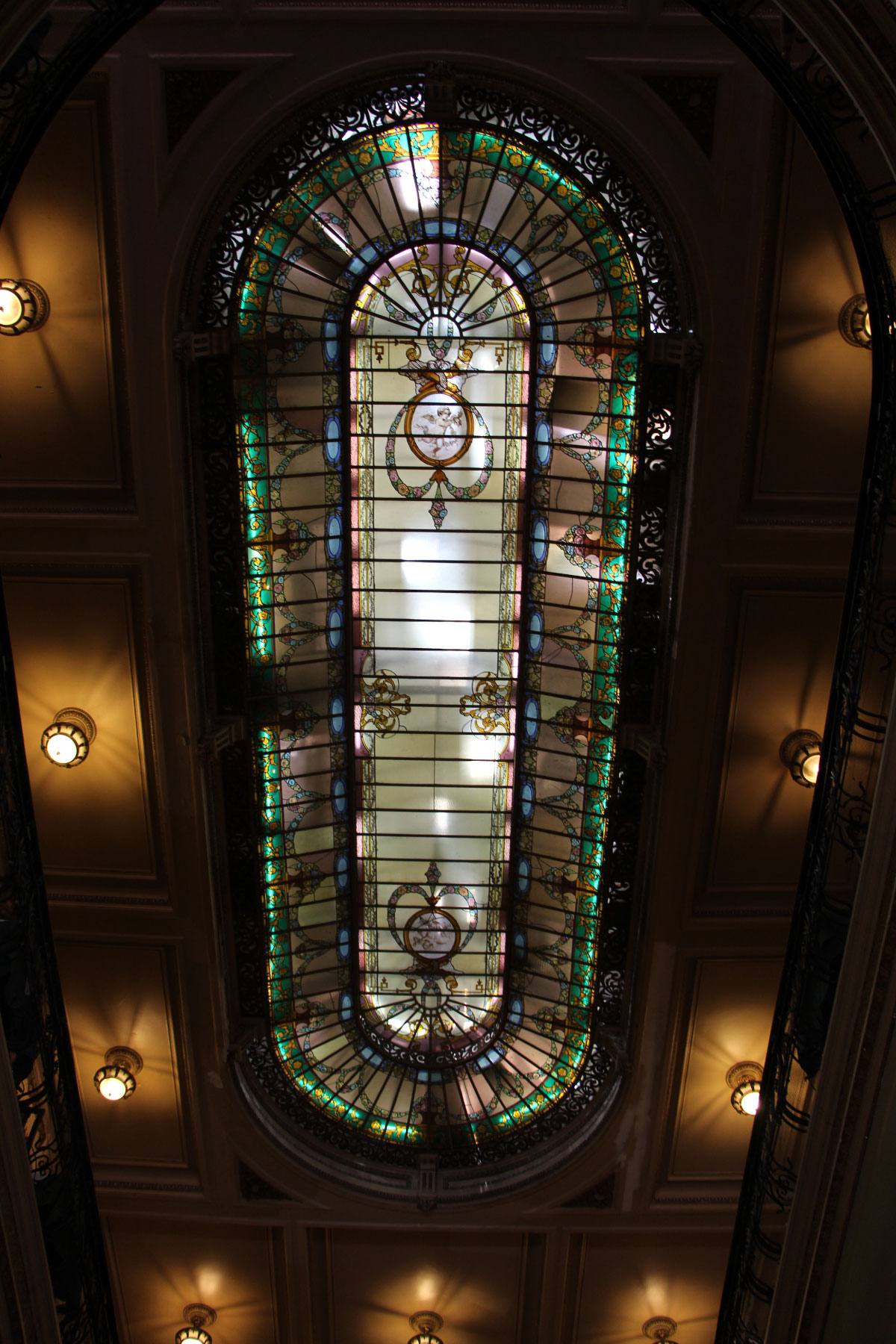
Tahmis Kahvesi, 1635, Gaziantep, Turkey
Founded in 1635 in Gaziantep, Turkey, its name literally means “the place where coffee is ground.” It was built on the site of a former caravanserai to finance a lodge of Mevlevi dervishes—the famous whirling dervishes, in this case disciples of the great Sufi poet Jalal al-Din Muhammad Rumi—so its destiny has been intertwined with Turkish culture ever since. Located on the ancient Silk Road, this two-story café, built with stone columns, was a landmark for merchants and travellers, and it is even said that Sultan Murad IV rested here during his Baghdad campaign.
The specialty of Tahmis Kahvesi is menengic kahvesi, a coffee made from the fruit of the wild pistachio tree, or terebinth. This distinctive, caffeine-free beverage has become its signature. Today, Tahmis Kahvesi is not only a historic haven but also a thriving business. Having survived several fires and renovations, it has embraced modernity by selling its Turkish and terebinth coffee online, from Greece to Ukraine.
Café Comercial, 1887, Madrid, Spain
We conclude our story at number 7 Glorieta de Bilbao in Madrid, Spain, home to Café Comercial, which has been located there since 1887. With its coffered ceilings, paintings, and piano and violin concerts, it became an elegant hub of public life from its earliest days. Famous for its winter gatherings and its expansive summer terrace, it housed a century-old chess club and even inspired a chotis—a traditional dance of the capital—by Marcial Guareño, who recommends it thus: “Want to have / a delicious coffee / come to the Comercial / it’s exquisite.”
It was a meeting place for a brilliant generation of writers, including Antonio Machado—honoured with his own corner—Gloria Fuertes, Jardiel Poncela, and Camilo José Cela, who is said to have sketched part of his novel *La Colmena* here, among many others. After a temporary closure in 2015 that surprised the city, Café Comercial reopened in 2017 following a meticulous renovation that preserved all its protected charm.

To learn more about the world’s historic cafés, read Part I of our review:
»The world’s oldest – and most interesting – cafés: windows on history and culture (part I)
Sources: Café Tortoni – Wikipedia, Café Tortoni, El-Fishawy Café, New York Café – Wikipedia, New York Café, Confeitaria Colombo – Wikipedia 1, Confeitaria Colombo – Wikipedia 2, Confeitaria Colombo, Themis Kahvesi – Wikipedia, Café Comercial – Wikipedia, Café Comercial Madrid.



